A constant voltage is applied between the two ends of a uniform metallic wire. Some heat is developed in it. The heat developed doubles if:
1.
both the length and the radius of the wire are halved.
2.
both the length and the radius of the wire are doubled.
3.
the radius of the wire is doubled.
4.
The length of the wire is doubled.
In an electrical circuit containing a battery, the charge (assume positive) inside the battery:
1. always goes from the positive terminal to the negative terminal.
2. may go from the positive terminal to the negative terminal.
3. always goes from the negative terminal to the positive terminal.
4. does not move.
Two non-ideal batteries are connected in parallel. Consider the following statements:
(A) The equivalent EMF is smaller than either of the two EMFs.
(B) The equivalent internal resistance is smaller than either of the two internal resistances.
1. Both (A) and (B) are correct
2. (A) is correct and (B) is wrong
3. (B) is correct but (A) is wrong
4. Both (A) and (B) are wrong
In a balanced Wheatstone bridge, the current in the galvanometer is zero. It remains zero when:
[1] battery emf is increased.
[2] all resistances are increased by 10 ohms.
[3] all resistances are made five times.
[4] the battery and the galvanometer are interchanged.
1. Only [1] is correct
2. [1], [2] and [3] are correct
3. [1], [3] and [4] are correct
4. [1] and [3] are correct
When a battery is getting charged:
1. the voltage drop across its internal resistance is zero.
2. the terminal potential difference is less than its emf.
3. the terminal potential difference is more than its emf.
4. its terminal potential difference is zero.
Which of the following wiring diagrams can be used to experimentally determine R using Ohm's law? Assume the voltmeter and the ammeter to be ideal.
1. 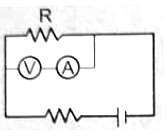
2.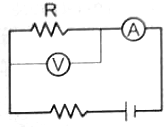
3. 
4. 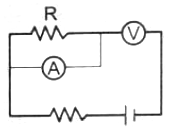
In the diagrams, all light bulbs are identical, all cells are ideal and identical. In which circuit will the bulbs be dimmest?
1. 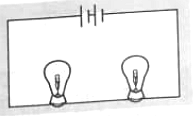
2. 
3. 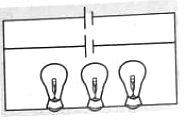
4. 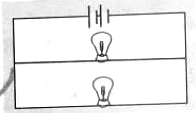
A battery or batteries, connected to two parallel plates produce equipotential lines between the plates as shown. Which of the following configurations is most likely to produce these equipotential lines?
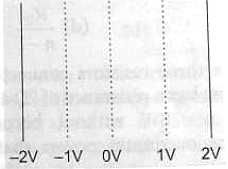
1. 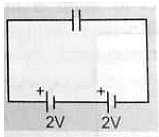
2. 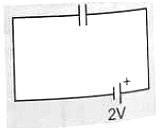
3. 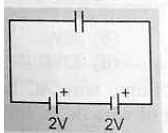
4. 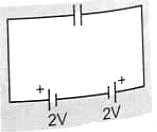
In the circuit diagram, all the bulbs are identical. Which bulb will glow the brightest?
![SOLVED] In the circuit diagram all the bulbs are identical Whic - Self Study 365](https://static.tllms.com/ckeditor_assets/pictures/20121/content_pra3.png)
1. A
2. B
3. C
4. D
A cuboid has the longest dimension double the shortest dimension. Then the ratio of maximum to minimum resistance across its parallel faces is :
1. 2: 1
2. 4: 1
3. 8: 1
4. 3: 2






